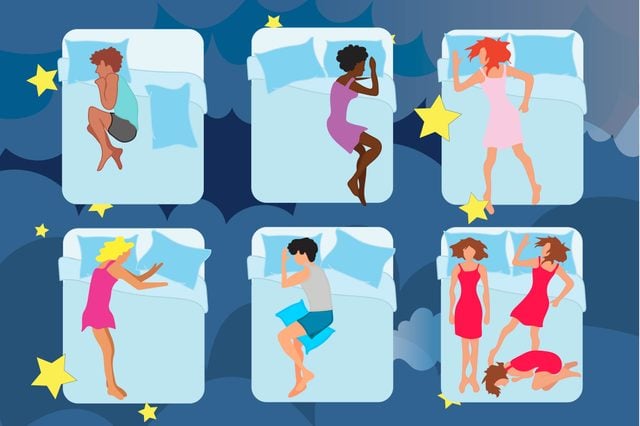
Your body language in bed
Your body language can reveal a lot about your personality and your thoughts. But you’ll be surprised to know that your body is communicating even when you’re asleep.
“When you think about it,” observes David Greuner, MD, FACS, FICS of NYC Surgical Associates, “most people spend six or more hours per day sleeping, so of course your sleeping position reveals a lot about you.” And by that, Dr. Gruener is referring not only to your personality, but your health.
Michelle Robin, DC, adds that the way you lie on even the best mattress can also affect your health. “If you remain in a position for hours at a time that puts a kink in your neck, numbs your arm, or hurts your hip, it takes a toll,” she explains, “one that is not merely physical, but also mental and energetic.” The good news is that we can also work with our sleeping positions to get the maximum health benefits from the time we spend between the sheets.
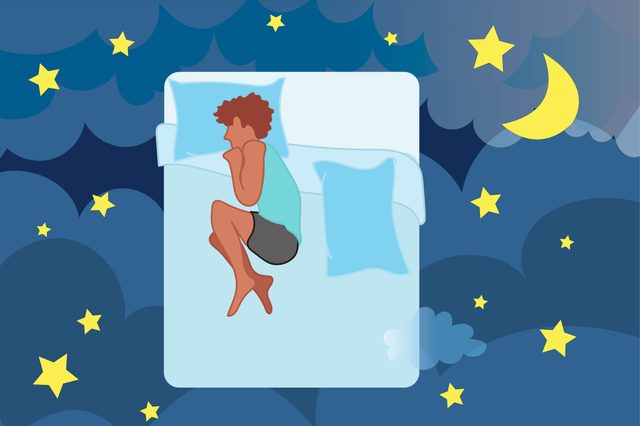
Curl up like a baby?
“Many people fall asleep in a side-laying fetal position because it offers them a sense of safety as they doze off,” says Somnium Beds’ mattress designer, Susanne Flother. According to a 2013 Harris Poll survey conducted on behalf of the American Down and Feather Council, it happens to be the most common sleeping position.
“Those who favor the side-lying fetal position tend to be sensitive, but may project a tough exterior,” reported Chris Idzikowski, PhD, who directs the Sleep Assessment and Advisory Service (a group that helps UK doctors advise their patients on sleep) when he spoke to the BBC about the body language of sleeping positions. Likewise, Dr. Idzikowski added, fetal sleepers tend to be quite personable, even if they come off as shy upon first meeting people.
More than twice as many women as men tend to adopt this position. Let’s hope their as comfortable in their pajamas.
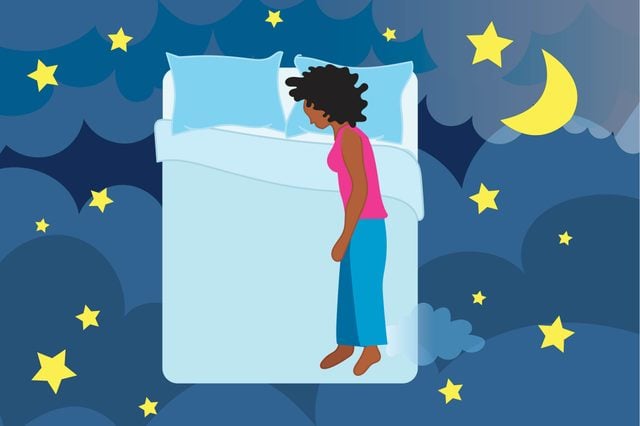
Sleeping like a log?
Sleeping like a “log” is the way Dr. Idzikowski describes lying on your side with your arms at your sides. If this is your favorite sleeping position, then you’re probably easy-going, social, and relatively trusting of strangers, he told the BBC. That said, you may also be a bit gullible. Logging is a fairly common, although not as popular as the fetal position.
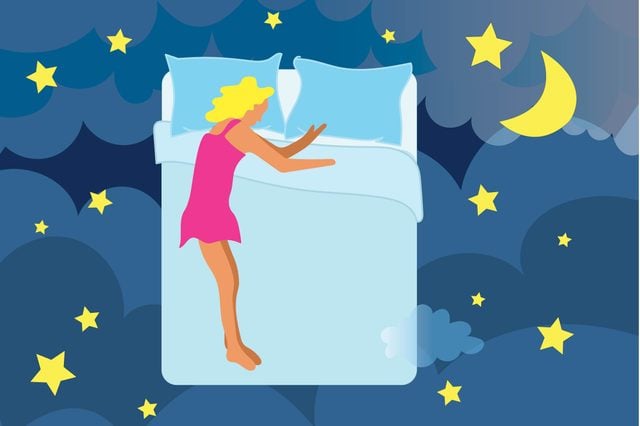
Sleeping like a log but with arms that “yearn”?
The “yearning log” is on your side like the log except your arms are reaching out in front of you, as if you were “yearning” for something or someone. Like the log position, the yearning-log indicates an open nature, according to Dr. Idzikowski, with an added benefit: You’re probably not as gullible. You’re also probably slower to make up your mind, but once you do, you’re less likely to change it. It’s about as popular as logging.
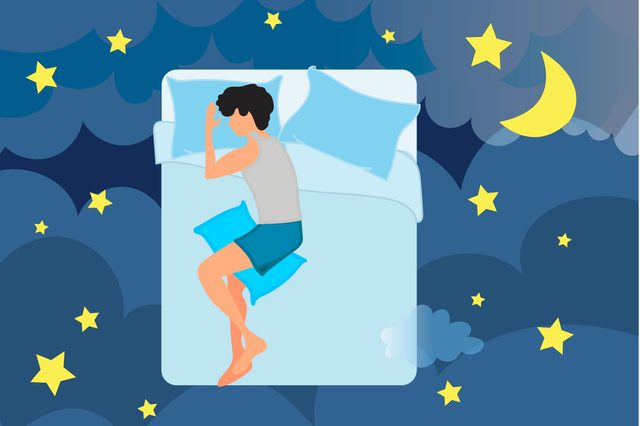
Taking side-sleeping to the next level
Whether you lean toward fetal or logging, experts agree that your tendency to fall asleep on your side is a plus for your nighttime comfort. However chiropractic expert Dr. Robin recommends you try a variation to obtain an optimum night’s rest and comfort during the day:
- Knees only slightly bent (in other words, not bent up to your chest as in the fetal position)
- Small pillow between the knees to keep the spine in a more favorable, and stable, alignment
- Hug a pillow between your arms, which keeps the arms slightly outstretched (like a “yearner” would do) but also leaves the chest, lungs, and airways more open.
None of our experts offered an opinion as to what this position may mean about your personality.
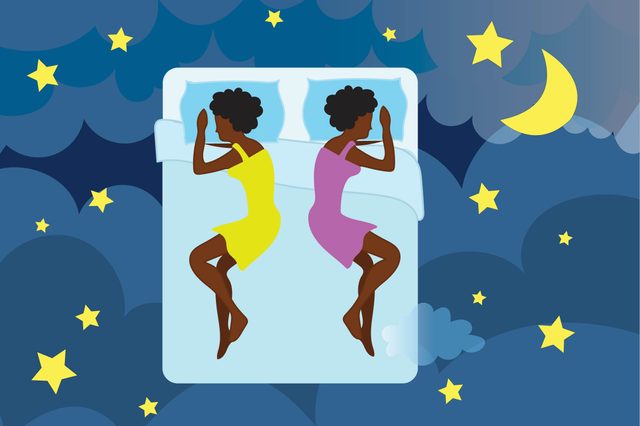
But which side?
According to a survey conducted in the UK by mattress manufacturer, Sealy, left-side sleeping is favored by those who work in marketing and advertising, those between the ages of 45 and 54, and those who are degree-educated, whereas right-side sleeping is favored by those who work in transport and manufacturing, those between the ages of 35 and 44, and those who smoke and love caffeine (we’re talking 10 caffeinated drinks a day, minimum).
As for the relative benefits of each:
- Left-side sleeping may improve heartburn symptoms, according to Michael Breus, MD, an Advisory Board Member to SleepScore Labs. “The reason for this is because when you sleep on your right side, the lower esophageal sphincter relaxes, allowing stomach acid to leak out, which can result in irritation,” he explains. In addition, during pregnancy, according to the American Pregnancy Association, “sleeping on your left side will increase the amount of blood and nutrients that reach the placenta and your baby.”
- Right-side sleeping may be better for your heart, according to Nazma Parveen, MBBS, for the simple reason that it does not add any gravitational pressure to the heart.
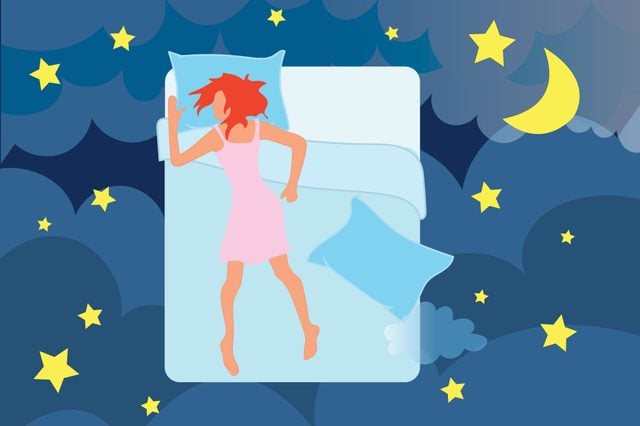
Tummy time
Sleeping face down is far less popular than side-sleeping, and experts recommend against it for women who are pregnant or have large breasts, and it’s a bad idea for anyone with neck injuries, back problems, or who own very soft mattresses. That’s because stomach-sleeping encourages back-arching, explains mattress designer, Flother.
Stomach-sleeping also means that your neck is going to be stuck in one position for an extended period of time, says Dr. Greuner. So it’s no surprise if you wake up to neck pain and experience muscle spasms and chronic pain.
According to Sealy’s research, stomach-sleepers tend to work in agriculture, to be between the ages of 45 and 54, and to be heavy drinkers (averaging the equivalent of seven to 10 units of alcohol a day—that’s about two to three beers or glasses of wine a day). According to Dr. Idzikowski, however, if your sleeping position of choice is face-down with your head turned to one side and your pillow grasped between your arms, you have a tendency to be gregarious, and even at times brash—but you really don’t like to be criticized. And you do your best to avoid extreme situations.
However, if you’re a new parent, avoid letting your child sleep face down. There’s a reason why newborn stomach-sleeping the worst possible choice.
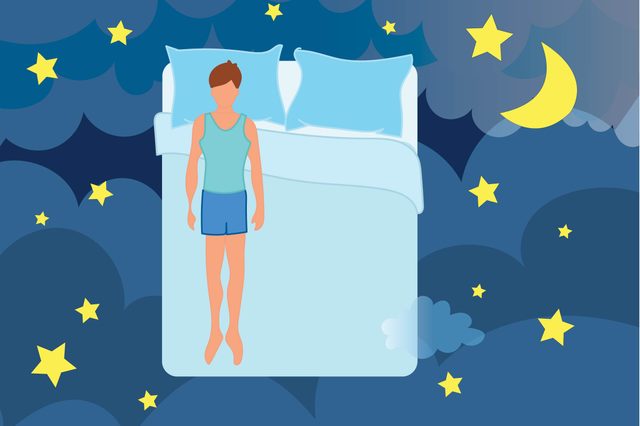
On the back track?
People who sleep flat on their back tend to work in transport and logistics, according to Sealy’s research. And they’re also most likely to wake up feeling “refreshed.” But maybe that’s because back-sleepers tend to be a young group, in general, with most of them being between the ages of 25 and 34. which is the best age for sleeping soundly through the night.
In addition, snoring is associated with back-sleeping, according to Dr. Greuner, which means that although you may be waking up refreshed, your partner won’t be. SleepScore’s Dr. Breus explains why this is: “When you’re lying on your back, your throat is more narrow, making snoring louder and more frequent.”
This can be alleviated by sleeping on your side, Dr. Breus advises, which may seem difficult if it’s not your preference, although there are wearable products on the market that can help. “You can also put a hard object, like a football, in a kid’s backpack and wear that to bed so if you shift onto your back, your body will adjust itself,” he adds.
A recent study published in the Journal of Physiology also indicates that back-sleeping is bad for unborn babies at the tail end of pregnancy, raising the risk of stillbirth.
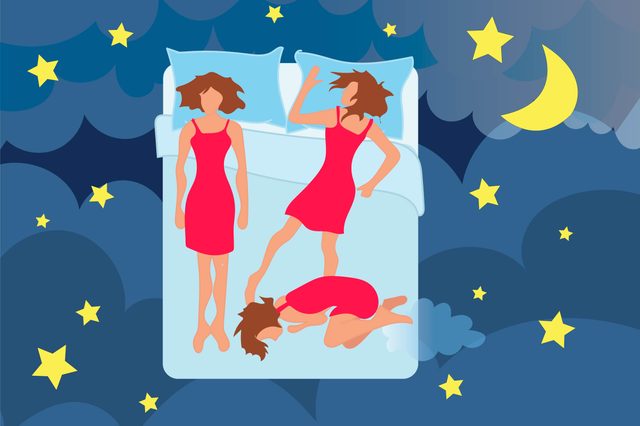
Freestyler?
Although Dr. Idzikowski’s research found that most people are unlikely to change their sleeping position from night to night, there are those who don’t seem to favor one sleeping position over another. “Freestyle” sleepers tend to work in utilities and are typically between the ages of 35 and 44, according to Sealy’s research.
Somnium’s mattress designer, Frother, thinks that everyone’s a bit of a freestyler. “We’re all much more active at night than we think we are,” she says. “We naturally move 50 to 80 times every single night, and all that so-called tossing and turning is actually a good thing.” If we didn’t move during the night, “we’d wake up feeling like we’d been stuck in the middle seat in economy on a cross-country flight.”
Nighttime movement keeps the muscles supple, and helps distribute nutrients and hormones to all parts of the body. “It even affects body parts that don’t have their own blood supply, like our spinal discs, that decompress and go back into their plump shape overnight. To very obvious effect: We are all slightly taller in the morning than we were when we went to bed.” A fraction of an inch isn’t likely to make all that much of a difference; find out more about how height can impact your health.
Interested in more connections to your personality? Find out your power color, according to your zodiac sign.
Sources:
- David Greuner, MD, FACS, FICS of NYC Surgical Associates
- Michelle Robin, DC
- Susanne Flother, Somnium Beds’ mattress designer
- Chris Idzikowski, PhD, director of the Sleep Assessment and Advisory Service
- Nazma Parveen, MBBS
- Journal of Physiology, The Physiological Society, “Sleep on Your Side, Not Your Back in Late Pregnancy”
